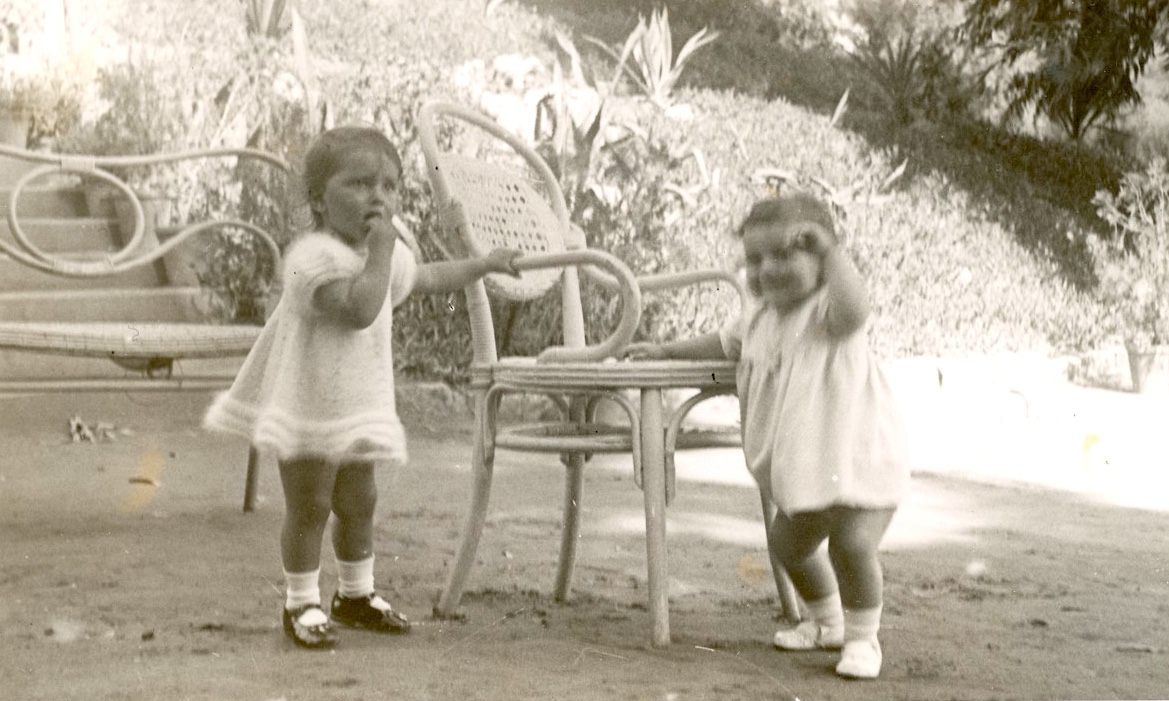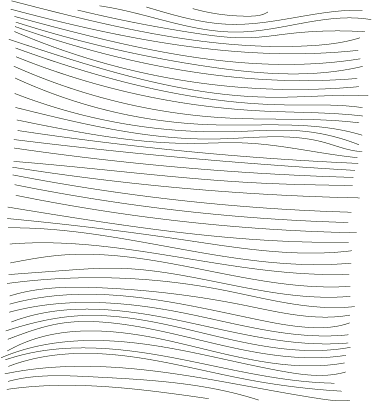Colette Treves was born in Cairo on June 17, 1936, to Isidore and Paulette Freiman, both of whom were born in Egypt. Her maternal family had Romanian roots, while her father’s side was of Piedmontese origin and held Italian nationality. Colette’s father ran a cotton goods import business from Europe with his brother, which kept him quite busy. She grew up in a household that was strongly influenced by European culture and recalls a happy and comfortable childhood. Although Colette’s parents were not particularly involved in Cairo’s social scene, her mother occasionally hosted small gatherings at their home.

We had a beautiful piano at home, and my mother had a wonderful voice
Transcript
Colette Treves
We had a beautiful piano at home, and my mother had a wonderful voice, though I’m not sure what kind of voice it was. She sang opera very well, and her sister, who had studied at the Lausanne Conservatory, was a marvelous pianist. I remember they used to host small gatherings, where—after dinner—they would perform these little concerts. My mother would sing, and there was also a gentleman, a friend of theirs, who had a Greek name and a beautiful tenor voice. He and my mother would do duets, with my aunt accompanying them on the piano. These are very vivid memories that I still recall even after so many years.
Colette initially attended the Lycée Français, but after her father’s untimely death in 1950, when she was just fourteen, her mother decided to transfer her to a Catholic school run by Franciscan nuns. Paulette began to feel a growing sense of insecurity about Egypt’s future and wanted her daughter to complete her studies as quickly as possible, earning a diploma that would be recognized in Europe, in anticipation of potential emigration.
In the streets of Damascus and within the walls of his home, Clement spoke Arabic, but both he and his siblings received a Jewish education in the French schools run by the Alliance Israélite Universelle. Until the mid-1940s, Clement recalls a relatively peaceful coexistence between Jews and Muslims, though he remembers witnessing the first signs of intolerance against Jews as a teenager.

She was determined to emigrate to Europe, whether to France or Italy—it didn’t matter
Transcript
Colette Treves
My father died when I was fourteen, leaving my mother a widow in a country that was becoming somewhat hostile towards Europeans in general, which made her feel vulnerable. She was afraid to remain in Egypt, while I was living my life as a normal teenager. She was determined to emigrate to Europe, whether to France or Italy—it didn’t matter. To make it happen as soon as possible, because she was quite anxious, my mother pushed me to complete the last two years of school in a single year—an effort that demanded immense intellectual and emotional strain—and to pass my final exams. I took the baccalauréat at sixteen, with a special program from the French Embassy, as the official regulations didn’t allow students to sit the exam before a certain age. It was extremely stressful, but all of this happened because of a major fire in January 1952, which caused the death of a dear friend of my mother’s who was staying at the Shepherd’s Hotel when it was set ablaze. In an attempt to escape the flames, she jumped out of a window and died. My mother became deeply fearful that something worse could happen to us.
The Cairo fire in January 1952 marked a time of heightened tensions regarding the foreign presence in Egypt, foreshadowing the end of the monarchy with the Free Officers’ Revolution, led by Gamal Abdel Nasser. That same summer, Paulette decided to leave, right after Colette’s baccalauréat. Mother and daughter flew to Rome and then moved first to Milan and later to Paris. Colette dreamed of settling in the French capital and specializing in pediatrics, but circumstances led her to stay in Milan. There, she found work with a British airline and became part of a lively social scene. After spending several years in the United States, Colette returned to Italy for good at the end of the 1960s, marrying Bruno Pavia shortly afterward.












































